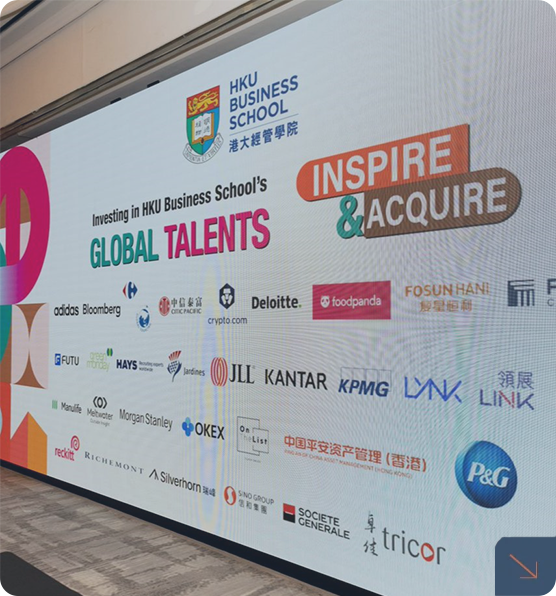Structure-as-Practice: The Decentralized Organizational Design by Middle Managers in a High-Growth Technology Company
SPEAKER
Mr. Haochi Zhang
Ph.D. Candidate in Management and Organizations
Kellogg School of Management
Northwestern University
ABSTRACT
Formal structure is not just something that an organization has, but also something that an organization and its actors do. It manifests the delegation of authority through the practices of designating formal role relationships among organizational members. This paper advances a structure-as-practice perspective in parallel with the dominant structure-as-policy perspective, which has tended to overstate the top managers’ role in designing the formal hierarchy of a growing organization. In developing this epistemological turn, I call for taking seriously the fact that, in practice, with increasing organizational size, the task of authority delegation generally becomes decentralized to senior middle managers in governing their units. In other words, the middle managers are the de facto practitioners who collectively construct the organizational hierarchy. With qualitative and quantitative data at a high-growth technology company, I build upon the communities-of-practice perspective to theorize the knowledge creation and sharing underlying how middle managers undertake this decentralized task. In particular, contingent upon functional and unit-level characteristics, the (non)conformity to the shared knowledge about how to appropriately design the unit structures, which I label as organizational design codes, significantly affects unit performance. I present causal evidence for such normative sanctions by using a quasi-random mentorship program at the company for identification strategy. I also explore the varying effects of different types of deviation (i.e., excessive flatness and excessive tallness). In this context, both types of deviation dampen the overall unit effectiveness and also increase the unit turnover rate, whereas excessive flatness appears particularly detrimental to the unit effectiveness. I discuss the implications of the structure-as- practice perspective and the analytical framework developed in this study for the literature on practice theory, organizational design, and organizational learning.





